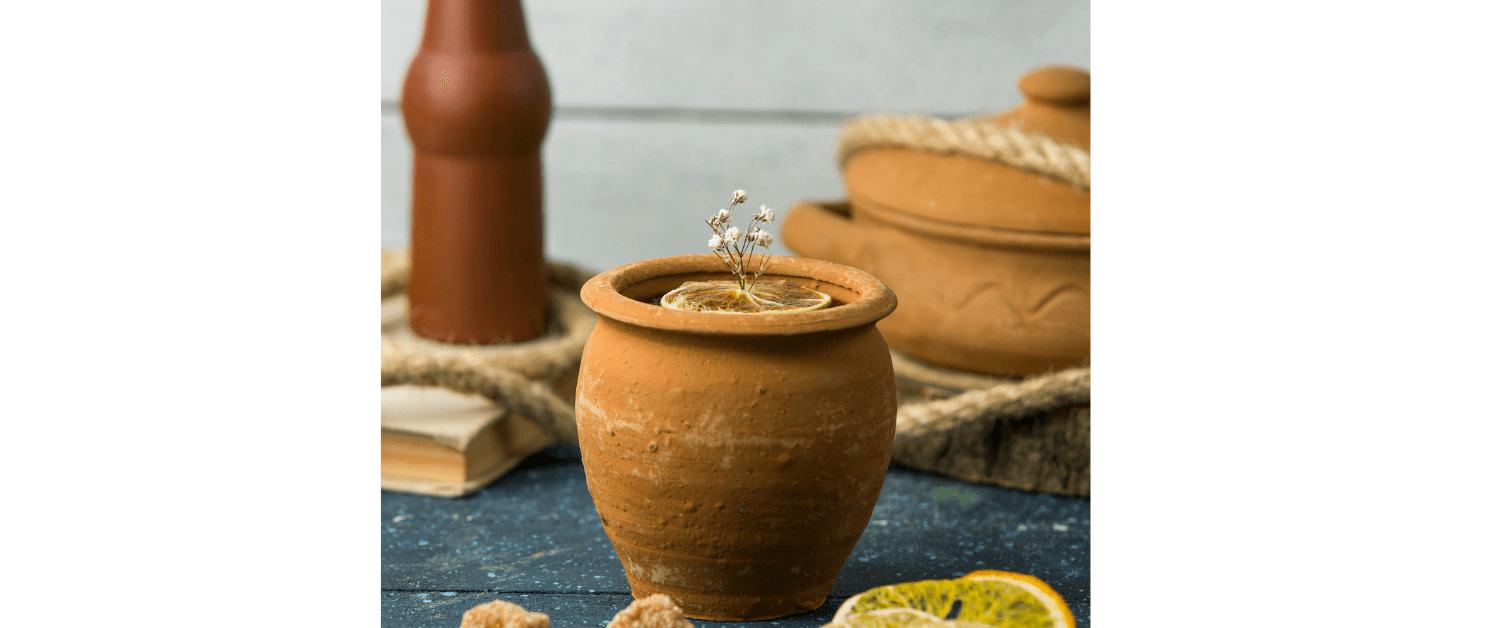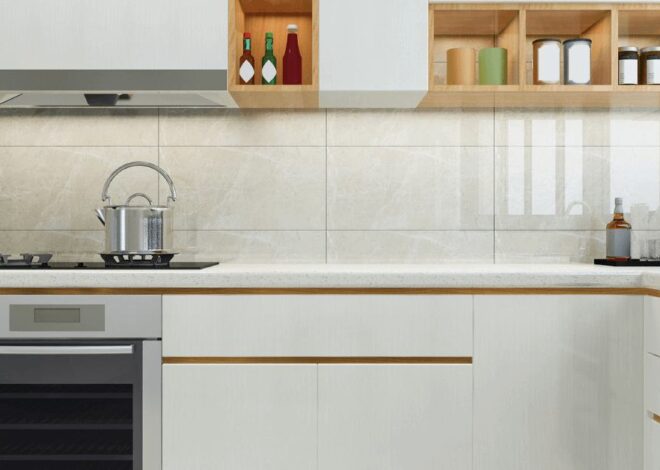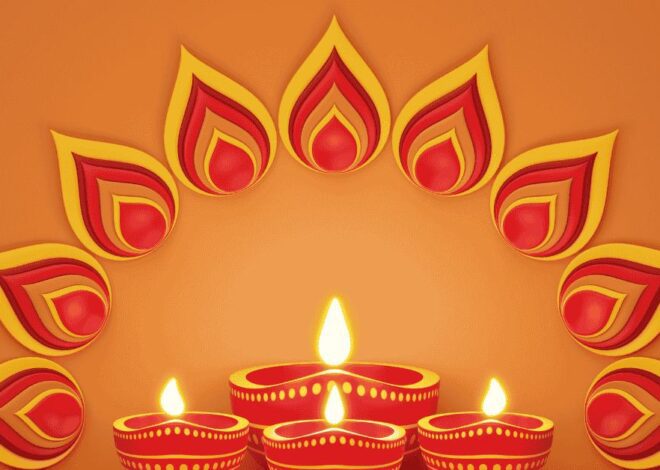
Mitti Ka Kullad: A Timeless Clay Cup with Cultural Charm
In a world of glassware and disposables, the humble Mitti Ka Kullad stands out as a symbol of tradition, sustainability, and sensory delight. This earthen clay cup, often used to serve piping hot chai, carries with it the aroma of soil, the warmth of community, and the simplicity of rural India.
In this blog, we will explore what a mitti ka kullad is, how it is made, where it is produced, and why it continues to be a beloved part of Indian culture. If you have ever wondered about the benefits of Mitti ka Kullad, read on.
What Is a Mitti Ka Kullad?
A Mitti ka Kullad is a traditional Indian clay cup made from natural, unglazed terracotta. It is commonly used to serve beverages like chai, lassi, or curd, especially in rural areas and roadside stalls. The word “mitti” translates to soil or clay, while “kullad” refers to the cup itself. These cups are biodegradable, eco-friendly, and often discarded after a single use, making them hygienic and sustainable. What sets them apart is the earthy aroma and flavor they impart to drinks, enhancing the sensory experience. Their rustic charm also evokes a sense of nostalgia and cultural pride, connecting people to age-old traditions.
How is a Mitti ka Kullad made?
The process of making a kullad is both artistic and labor-intensive. Here is how it is typically done:
-
- Clay Sourcing: Natural clay is carefully gathered from riverbanks or nutrient-rich soil beds, chosen for its fine texture and pliability. This raw material is the foundation of the kullad’s strength and earthy character. The quality of the clay directly influences the durability and flavor-enhancing properties of the final product.
- Kneading and Shaping: The collected clay is thoroughly kneaded to remove air bubbles and ensure uniform consistency. Skilled potters then shape it on a spinning wheel, crafting each kullad with practiced hands into its iconic cup-like form. This step demands precision, rhythm, and years of experience.
- Drying: Once shaped, the wet kullads are laid out under the sun to dry naturally. This drying phase can last several hours to a few days, depending on the weather. It allows the clay to firm up gradually, reducing the risk of cracks during firing.
- Firing: After drying, the kullads are placed in traditional kilns and fired at high temperatures, often above 800°C. This process hardens the clay, removes residual moisture, and gives the kullad its signature reddish-brown hue. Firing also makes the cup sturdy enough for hot liquids.
- Finishing: Some kullads are left in their raw, rustic state, while others may be gently polished or adorned with natural dyes for aesthetic appeal. The finishing touches reflect regional styles and the potter’s personal flair, adding uniqueness to each piece.
Each kullad is a handcrafted work of art, subtly different from the next. Its imperfections and variations are what make it truly special.
Where are Kullads mostly produced?
Kullads are produced across India, but some regions are especially known for their pottery traditions.
-
- Khurja, Uttar Pradesh: Nicknamed the “Ceramic City,” Khurja is renowned for its large-scale production of clay and ceramic ware. The town hosts generations of skilled potters who craft everything from kullads to decorative pottery. Its vibrant pottery industry blends traditional techniques with modern aesthetics, making it a key supplier across India.
- Rajasthan: Rajasthan’s pottery heritage is deeply rooted in its desert culture, with terracotta art reflecting local folklore and daily life. Artisans here create kullads with intricate designs and earthy tones, often using age-old handcrafting methods. The state’s pottery is not just functional, it is a form of storytelling through clay.
- West Bengal: In the rural heartlands of West Bengal, kullads remain a staple at roadside tea stalls and village gatherings. The potters, often working in small family units, shape these cups with minimal tools and maximum skill. Their work preserves a humble yet enduring tradition that’s woven into everyday life
- Tamil Nadu and Odisha: Both states boast thriving pottery communities that specialize in eco-friendly clay products. In Tamil Nadu, pottery is often linked to temple rituals and local festivals, while Odisha’s artisans are known for their fine detailing and cultural motifs. Kullads from these regions reflect a blend of utility and artistic expression.
These regions combine heritage with craftsmanship, keeping the kullad tradition alive.
What is a Mitti ka Kullad mostly used for?
The kullad is more than just a cup; it is a cultural experience. Common uses include:
-
- Serving chai: Kullads are iconic in India’s chai culture, especially at roadside tea stalls where the earthy aroma of clay mingles with the steam of freshly brewed tea. The porous nature of the clay absorbs excess moisture, subtly enhancing the flavor. Breaking the kullad after use is a symbolic gesture of purity and tradition.
- Lassi and curd: When used for lassi or curd, the clay cup naturally cools the drink, making it especially refreshing in hot climates. The unglazed surface helps retain the chill longer than glass or plastic. It also imparts a mild, mineral-rich taste that complements the tanginess of dairy-based drinks.
- Festive offerings: During religious ceremonies and community events, kullads are often used to serve prasad, sacred water, or sweets. Their natural composition aligns with spiritual values of purity and simplicity. They evoke a sense of reverence and connection to age-old customs passed down through generations.
- Eco-friendly serve ware: Unlike plastic or paper cups, kullads are biodegradable and leave no toxic residue behind. They decompose naturally, making them a sustainable choice for conscious consumers. Their use supports local artisans and promotes a return to earth-friendly living in both rural and urban settings.
Its porous nature helps regulate temperature, making it ideal for both hot and cold beverages.
Where to Buy Mitti ka Kullads?
You can find kullads both offline and online:
-
- Local markets: Kullads are widely available in traditional bazaars, especially in pottery hubs like Khurja, Jaipur, and village fairs across India. Buying locally not only supports artisans but also allows you to see the craftsmanship firsthand. You might even witness live demonstrations of wheel-throwing and firing techniques.
- Online Platforms: E-commerce sites like Amazon, Flipkart, and niche craft stores offer a wide variety of kullads from rustic, unglazed pieces to more decorative versions. These platforms often feature sets in different sizes, ideal for tea, lassi, or festive use. Look for listings that mention “handmade” or “terracotta” for better quality.
- Amazon’s Kullad Tea Cup Collection: Amazon’s curated collections often include kullads made by regional artisans, with options for bulk purchase or gifting. Many sellers highlight eco-friendly packaging and traditional firing methods. Be sure to check customer reviews and product descriptions for authenticity cues.
- Flipkart’s Mitti Clay Kullad Sets: Flipkart features a range of mitti kullads, often bundled in sets of 6 or 12, perfect for home use or events. Some listings include details about the region of origin and artisan background. You can also filter by “handcrafted” or “ethnic serveware” to find more genuine pieces.
Authenticity Tip
For the most authentic experience, choose handmade, unglazed kullads as they retain the natural texture and aroma of clay. Always ask the seller about the type of mud used in making the kullad, as this affects its porosity, flavor infusion, and heat resistance. Riverbed clay, for instance, is prized for its mineral richness and smooth finish.
What Is the Price Per Kullad?
The cost of mitti ka kullads can vary widely depending on several factors, including their size, design intricacy, and method of production. Handmade kullads, crafted by skilled artisans, often carry a premium due to the time and effort involved in shaping and firing each piece. These tend to have slight variations in texture and form, which add to their rustic charm and authenticity.
Machine-made kullads, on the other hand, are more uniform and mass-produced, making them more affordable but less unique. Decorative finishes, natural dyes, or regional motifs can also influence pricing.
When shopping online or offline, look for unglazed, handcrafted options for the most traditional experience. It is also wise to ask the seller about the type of mud used; riverbed clay, for example, enhances flavor and durability, making your purchase more meaningful and functional.
Benefits of Using Mitti Ka Kullad
Wondering why people still prefer kullads over modern cups? Here’s why:
-
- Eco-friendly: Made from natural clay, kullads are completely biodegradable and leave no toxic residue behind. They support sustainable living and reduce reliance on single-use plastics.
- Flavor Enhancement: The porous texture of unglazed clay subtly infuses tea or milk with an earthy aroma, enriching the taste. It is a sensory delight that elevates even a simple cup of chai.
- Temperature Control: Clay’s natural insulation helps retain heat or coolness, keeping beverages at their ideal temperature longer. This makes kullads perfect for both hot and chilled drinks.
- Cultural Connection: Kullads evoke memories of roadside tea stalls, village fairs, and family gatherings. Their use connects people to India’s rich heritage and timeless hospitality rituals.
- Health-Friendly: Free from synthetic glazes or chemicals, kullads offer a pure and safe way to enjoy drinks. Their natural composition makes them especially appealing to health-conscious consumers.
Precautions and Care Tips
While kullads are charming, they do require gentle handling:
-
- Not dishwasher safe: Kullads are delicate and porous, so they should be gently washed by hand using mild soap. Harsh dishwasher cycles can cause cracks or erosion over time.
- Avoid soaking: Extended exposure to water can soften the clay and compromise its structure. A quick rinse and dry is best to preserve its integrity.
- Use quickly: Raw, unglazed kullads tend to absorb liquids if left filled for too long. They are ideal for single-use or immediate serving to retain flavor and hygiene.
- Microwave Caution: Only use kullads labeled as microwave-safe, as traditional ones may crack under heat. Always check with the seller before reheating food or drinks in them.
Final Thoughts: Mitti Ka Kullad Benefits for Everyday Life
The mitti ka kullad is more than a vessel. It is a celebration of simplicity, sustainability, and sensory joy. Whether you are sipping chai on a rainy afternoon or serving lassi at a family gathering, this clay cup brings warmth and authenticity to the moment. Embracing kullads means embracing tradition, eco-conscious living, and the earthy pleasures of life.



